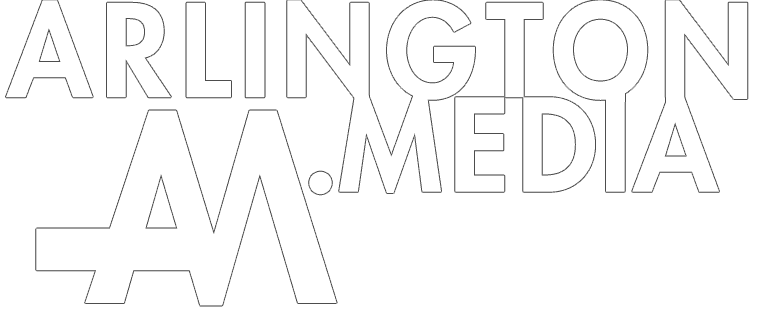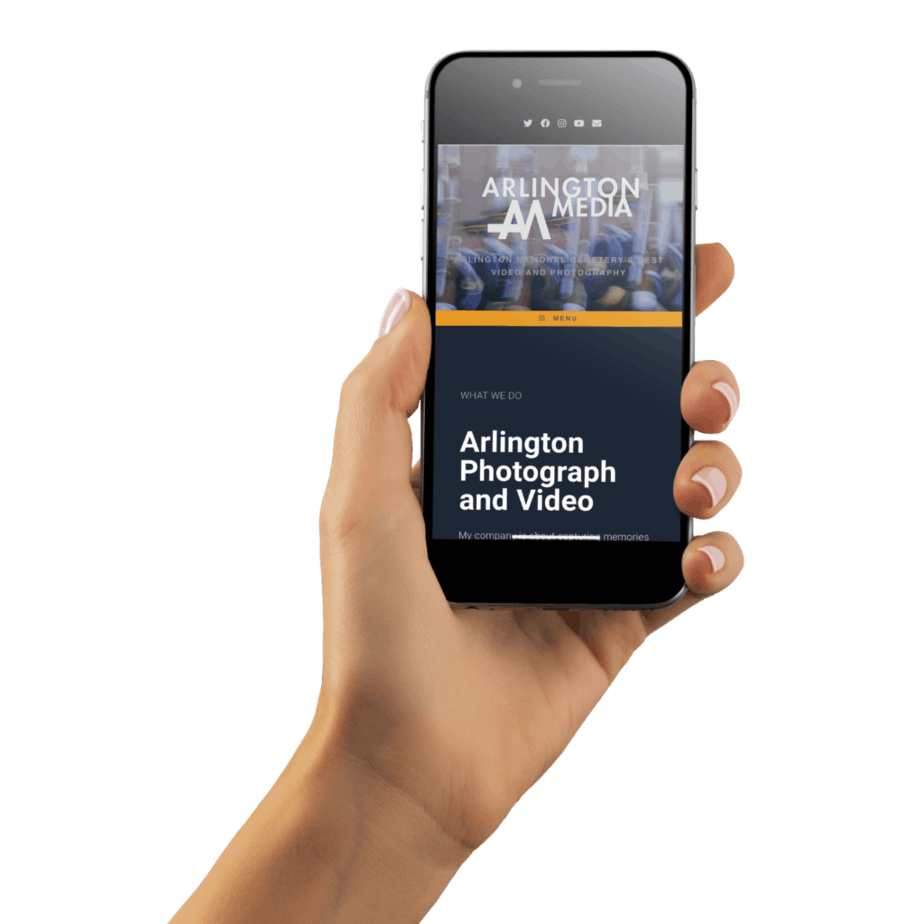Shown here is the coat of one of the US Army Caisson platoon horses. A typical caisson team consists of at least 7 horses, 4 riders, and one serviceman holding the colors of the service the deceased served in, plus the caisson. Six of the horses are pulling the caisson, three of which have riders. The other three horses are riderless. In days past, these horses would have been outfitted with supplies, feed or were intended as replacement horses. The two horses closest to the caisson are called the wheel horses and these are the most experienced horses and act as the brakes. The front two horses are the leads and they are the 2nd most experienced. The middle two horses are the swings and they are the least experienced. The 7th horse, which has a rider, is the guide horse. A team of horses, either black or white makes up the caisson platoon. They are conducting one of the most solemn activities in the United States – carrying the remains of a US serviceman to his or her final resting place. Captured by @arlingtonmedia during coverage in Arlington National Cemetery.
[igp-video src="" poster="https://www.arlington.media/wp-content/uploads/2021/06/shown-here-is-the-coat-of-one-of-the-us-army-caisson-platoon-horses.-a-typical-caisson-team-consists-1.jpg" size="large"]


